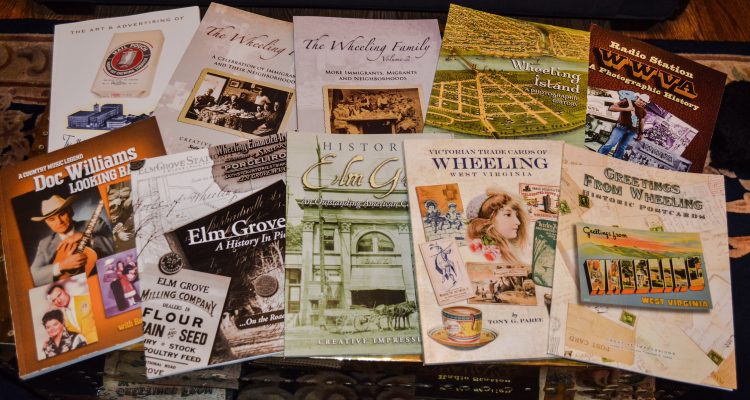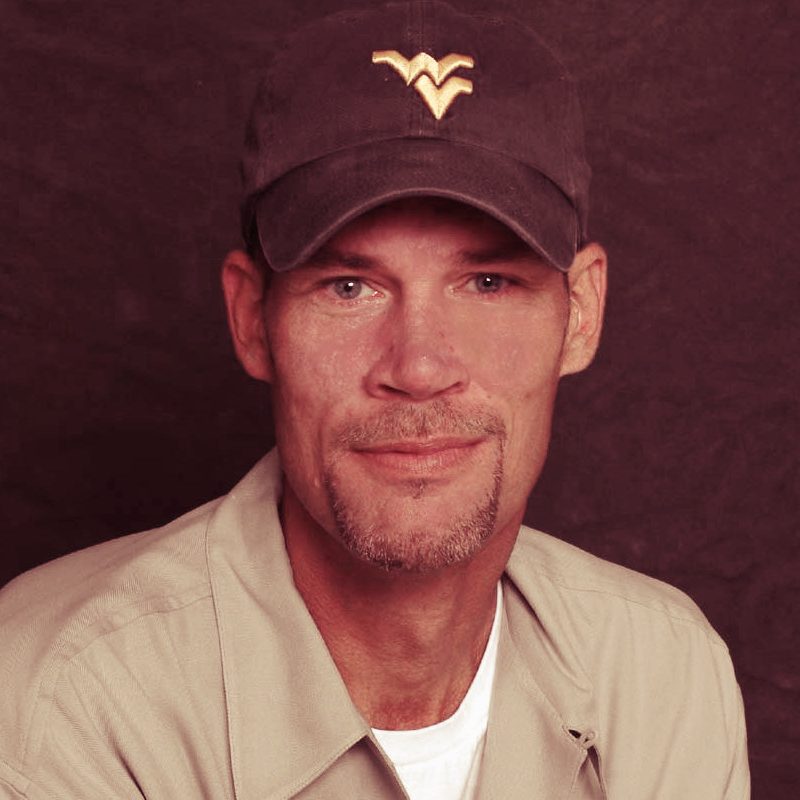Jim Thornton misses the dark room.
It was his personal red-light district, where the developer and fixer in the dishes stank like his heaven, and the clothespins embraced the greatness. It was a creative sanctuary he escaped to as often as possible, but when digital photography ruined it all, he evolved instead of retreating.
Today, Thornton is 67 years old, a native of the Center Wheeling neighborhood and a graduate of McKinley High School. He’s also a 30-year resident of East Wheeling; and he’s retired (not really) from his own business, Creative Impressions.
He’s not really retired, though, because he still works part-time, and Thornton continues to own a passion for Wheeling history and photographic preservation. That is why he has published 10 books on various aspects of the Friendly City’s history, including neighborhoods and families, and those volumes can be found at Words & Music and on the second floor of the Wheeling Artisan Center.
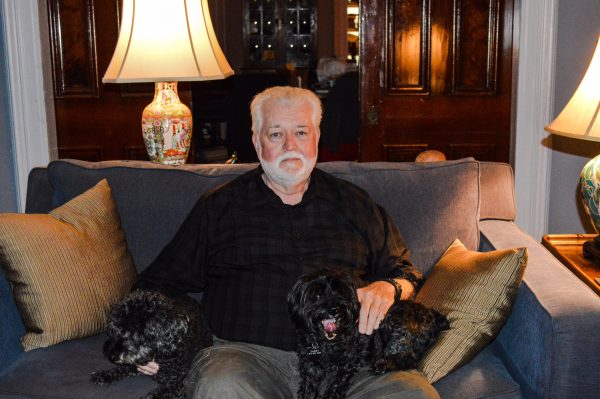
“I think what’s been the most interesting part of collecting these images is realizing what people went through back in those days,” Thornton said. “A good example is how the people who were in Elm Grove had to deal with the railroad that went right through National Road. There was a train station there, and that train traffic was so important to the commerce here, so disrupting that train was not an option.
“So, instead, the people dug under the tracks,” he explained. “The actual road became the bridge. If you drive in that area right now, you will see the big dip in National Road in front of the Dairy Queen. That’s why that dip is there today, and when I was a young man, there would be trucks that would get stuck underneath the road because they were too tall to fit.
“When that happened, the drivers would have to let the air out of their tires so their truck could be pulled out. From what I understand, that only happened a few times, but just imagine that situation today.”
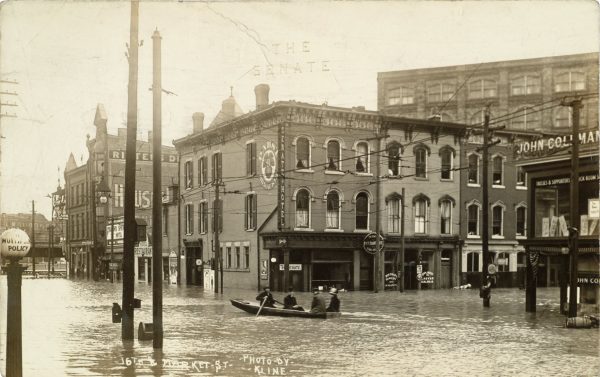
Much of Thornton’s photo collection centers on Wheeling’s downtown district, one area that served as the Upper Ohio Valley’s primary center for commerce for the entire 20th century.
“When I was a kid, and of course you hear this from everyone, I remember going to downtown, and it seemed like it was always packed with people,” Thornton recalled. “My mother would take us, and we would eat at The Tea Room or somewhere else. It was an amazing place for such a small city.
“According to the historians the reason why it was such a vibrant place was because if you were going west you were going to have to cross that Suspension Bridge, so a lot of people came here,” he continued. “They came here, and some of them ended up staying here, but Wheeling was the destination for a lot of people in those days, and a lot of people made a lot of money, too.”
In addition to the 10 volumes Thornton has published about Wheeling, he has been very involved with postcard publication focused on Washington, Pa., Huntington, W.Va., and Steubenville, Ohio. All of the books can be purchased at his web site – www.cre8m.com – and also at Krogers on Mt. DeChantal Road, Words & Music, the UPS store on Washington Ave., the Medicine Shop on National Road, the Wheeling Artisan Center gift shop, and at Miklas Meat Market.
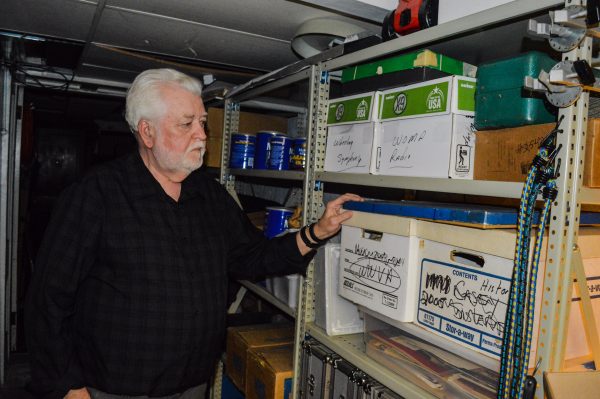
But will the allegedly retired Thornton publish anything else?
“I have one more left in me, I think,” Thornton admitted. “It’s an idea I have been working on for quite a while, but every time I was going to move on it, another project presented itself, and I went with it. That’s why a lot of my books are collaborations.
“I’ve worked with Bob Schramm, Sean Duffy, Tony Paree, and a few other folks so we could cover the most history we could in those books,” he said. “And then my son, Jason, who is a graphic artist, has helped me with the design of the books. It’s been an enjoyable process every time.”
He has his favorite, though.
“The ‘Postcards from Wheeling’ is the one book I did by myself, but there’s more to it than just the postcards,” Thornton explained. “I’ve always been fascinated by what people used to write on the backs of those postcards, so I included a lot of those in the book, too.
“Back in those days the postcard cost a penny, and mailing it cost a penny, and that’s how people communicated back then,” he said. “And the way people talked back then compared to how we talk now always has been something I have found very, very interesting.”
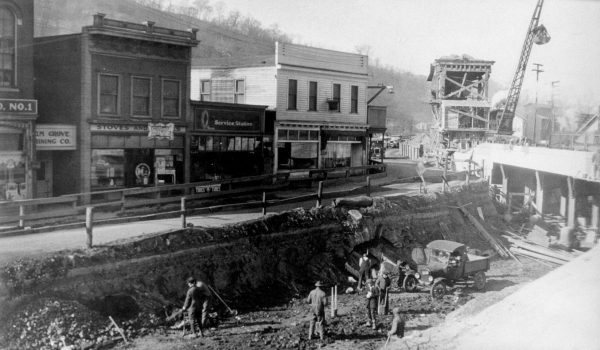
Ever since the state of West Virginia, thanks to the insistence of many including former W.Va. Gov. Arch Moore, funded the restoration of Independence Hall in Wheeling’s downtown, historical preservation has been a priority in the Upper Ohio Valley. Far too often were buildings demolished for what was considered progress, and even more structures have been razed because of hazardous conditions.
Thornton, though, has preserved those scenes, and many appreciate those efforts.
“Jim Thornton is a true Wheeling guy who loves his hometown and loves a good story. He has a keen sense of Wheeling’s quirks and nuances,” said Sean Duffy, program director for the Ohio County Public Library. “He’s also resourceful enough to turn his passion into publications, so that the stories and photographs that tell Wheeling’s sad, funny, and peculiar truth, can be preserved and shared.
“That’s why I went to Jim when I wanted to create a compilation of oral histories about immigration to Wheeling and Wheeling’s ethnic neighborhoods,” Duffy continued. “I knew he would understand what I was trying to do and would help me make it happen. The main title was his idea: ‘The Wheeling Family.’ I confess, I thought it was a corny title at first. But Jim had it right. That’s the essence of the books. A lot of the invaluable memories recorded in those books might have been lost if Jim hadn’t been willing to take a chance on that project. I’m grateful that he did.”
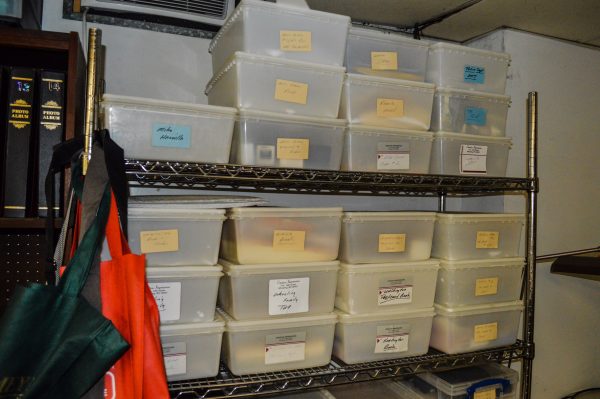
During Thornton’s childhood his parents’ house was where Lowe’s rests today, and his father owned and operated a tavern. Along the way, he acquired a taste for the images he’s displayed in those publications.
“I’ve always enjoyed the history of Wheeling, and when I was the manager of Kramer’s Photo on 29th Street, that’s when I really started collecting,” Thornton explained. “After a few years with them I opened my own photography business and a one-hour photo lab, but I continued collecting as many images of Wheeling as I could.
“When I became the photographer for the Point Museum, we acquired many, many collections from people who still lived here and from people who had moved away,” he continued. “Right now I probably have 20,000 images that involve the history of Wheeling, and they really tell a story of this town over many, many decades.”
“I’ve always had an interest in photography, but that book made me start thinking about where I was living and everything that had happened here,” he said. “It’s always fascinating to see these historical images. There’s this one in particular that I still find amazing. I have some images that show how many different buildings stood here and there. Today, we may think they’ve been there forever, but the landscape of downtown Wheeling changed a lot. One building was taken down for another building on several occasions.”
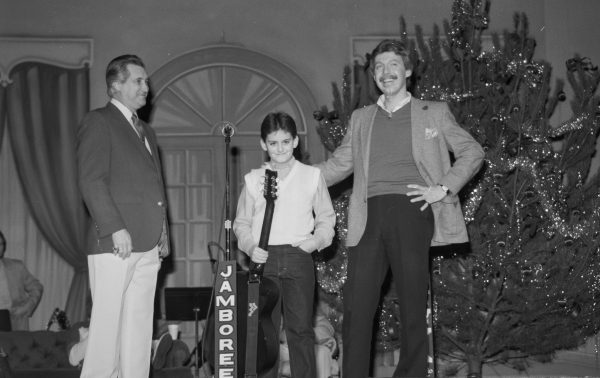
There’s no era Thornton owns as a favorite. Instead the differences between then and now are what intrigue this Friendly City veteran the most.
“I’m just fascinated by the images that let you see what was where at a time. They really make you think about what the city was all about back then,” Thornton said. “For example, where West Virginia Northern constructed the bookstore (on the corner of 16th and Market) used to be crowded with nearly 20 buildings.
“The image of that corner is amazing because of how many businesses were open right there,” he said. “It’s those kinds of images that really blow your mind and that’s why I have posted some of them on my Flickr site. I know if I enjoy seeing them, a lot of other people will, too.”
Thornton’s Flickr site can be discovered here: https://www.flickr.com/photos/cre8mjim/
These days this photographer worries about how he can continue sharing the collection that he’s compiled via donations and purchases during the past few decades. Some examples of what he now has at his disposal are the photos taken by his former Boy Scout master, Walter Smith.
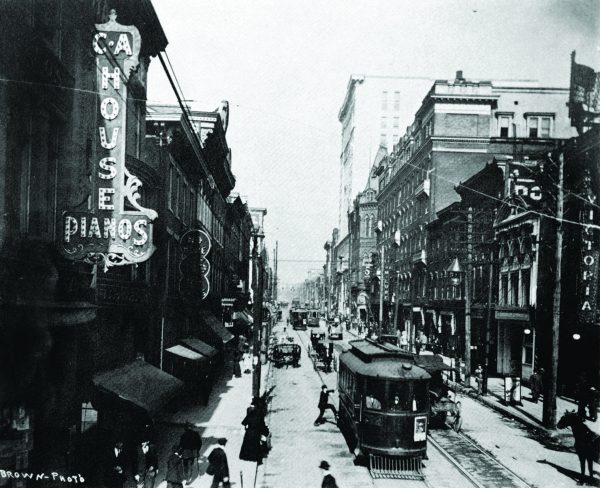
“He had a photography studio on the second floor in a building next to the McLure Hotel, and when that building burnt down, he lost of his photos, but when he decided to retire and move to Florida, he donated everything he had left to me,” Thornton said. “He had no children, and he knew I was into photography and that I had created this book series. That was so nice of him to give this city that collection of the history of this city.
“I have a lot of his photos from the 1960s and the 1970s until he retired,” he continued. “When you look through those photos, you realize the changes that have taken place throughout this city, and there have been a lot of changes; that’s for sure.
“One of the things that goes into having the collection that I do is that you want everyone to see them, but how do you get that out there? I do not make a fortune on these books, so I know not everyone has seen them,” Thornton added. “But if you get one of these books you can be sure that you are going to see between 200 and 300 pictures and see areas of the city in a way that you’ve never seen them before.”
(Photos by Steve Novotney; archived photos provided by James Thornton)


